The translucent quality of watercolor lends itself well to paintings that are atmospheric, nostalgic, and even otherworldly. The aqueous nature of watercolors accurately captures a sense of timelessness. For this reason, watercolors are an excellent medium for depicting natural scenery, such as landscapes and seascapes, as well as flowers, animals and portraits. Compared to other, more solid mediums (such as acrylic, pastels or oils), watercolors appear to simultaneously reflect light and project a sense of fluidity.
Watercolor paints are pigments held together by a water soluble binder, along with additives and solvents.
Pigments provide the color. The ground pigments are the same as those used for other applications, such as printing inks, cosmetics, and textiles. The proportion of pigments in paint, relative to other ingredients, can vary widely — from under 10% to over 50%.
In commercially made watercolor paints, the binder is either natural gum arabic or synthetic glycol. This is what holds the pigment in suspension. The binder also allows the pigment to adhere to the support once it is applied. Additives, such as plasticizers and humectants, are mixed in to alter various characteristics of the watercolors, such as viscosity and durability of the paint. Other additives include extenders and dispersants.
Artists can create their own watercolor paints using a simple technique involving a small number of basic materials: powdered pigment, gum arabic, and water. Additives are not imperative when creating your own watercolors, so they can be left out.
These are the steps:
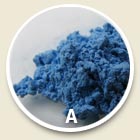
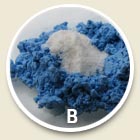
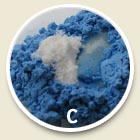
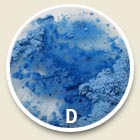
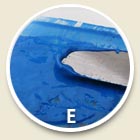
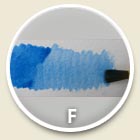
A) A pile of pure ground pigment on a glass palette.
B) Add gum arabic.
C) Add water.
D) Mix with spatula. Adding a few drops of rubbing alcohol helps the pigments disperse.
E) The result resembles watercolor from tubes.
F) The resulting watercolor paint applied to watercolor paper using a paintbrush.
Over the course of painting with watercolor, the paints are continually mixed, as the artist works on the image. This same process is used whether an artist uses watercolors from a pan, watercolors from a tube, or watercolors they made themselves. A solvent (usually water) is used to dilute the paint, and it evaporates once the paint has dried. Below are views of the artist’s palette while working on this floral still life painting:
|
|
|
|
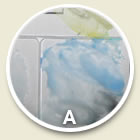
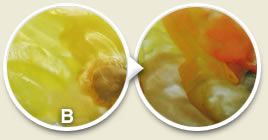
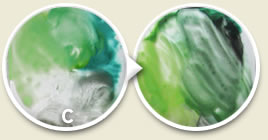
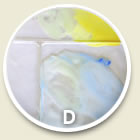

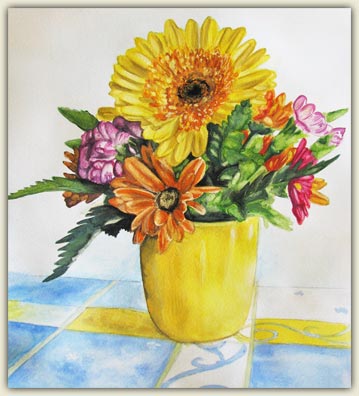
No comments:
Post a Comment